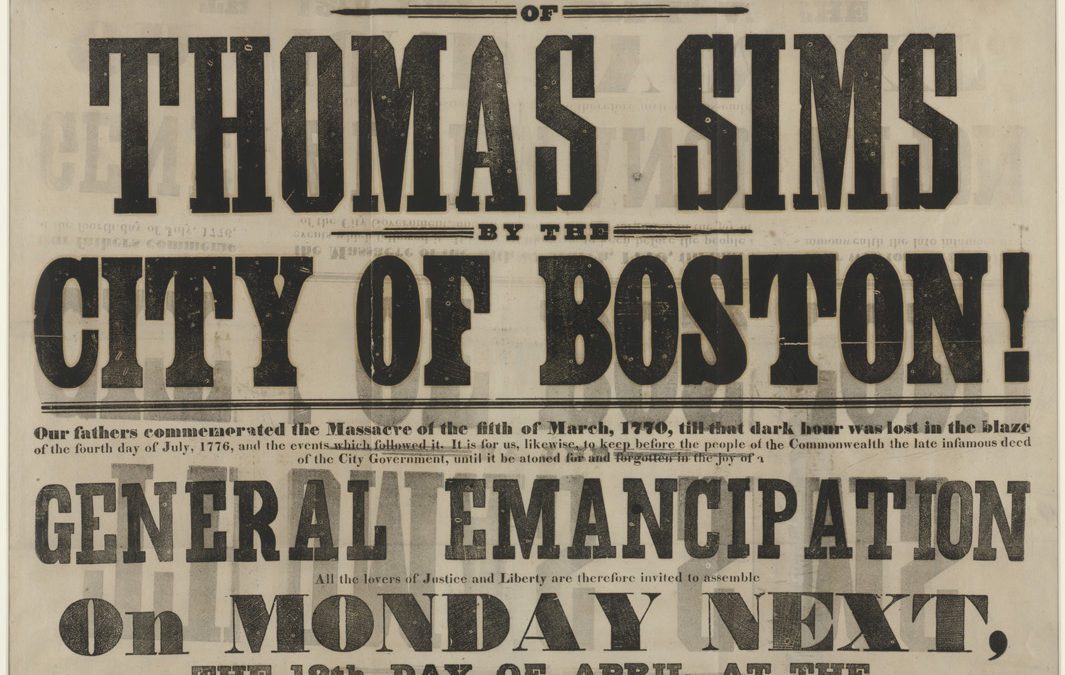Free Blacks Lived on the Edge Between Slavery and Freedom
 When Henry Brown arrived in Richmond in 1830 at the age of 15, the city boasted a population of roughly 16,000–half of which were African-American. There were 6,345 slaves in Richmond, but there were also 1,960 free blacks–or as one person described them, “slaves without masters.” Free blacks still had to deal with severe constraints, not to mention the constant threat of being kidnapped and forced back into slavery.
When Henry Brown arrived in Richmond in 1830 at the age of 15, the city boasted a population of roughly 16,000–half of which were African-American. There were 6,345 slaves in Richmond, but there were also 1,960 free blacks–or as one person described them, “slaves without masters.” Free blacks still had to deal with severe constraints, not to mention the constant threat of being kidnapped and forced back into slavery.
Henry’s closest friend, James Smith, was a free black who ran a cake shop on Broad Street in Richmond. James was sometimes referred to as Dr. Smith because prior to running the cake shop he was a dentist–a profession that was a far cry from dentistry today. In most cases, dentistry consisted of an ability to pull teeth and use leeches to “bleed” people. Henry’s first overseer at the tobacco factory was also a free black named Wilson Gregory, who lived on the razor edge of slavery and freedom.
“The economic, political, and social pressures pushing free persons of color back into slavery were enormous,” writes John Hope Franklin and Loren Schweninger in their book Runaway Slaves. “Most lived on the margins of the southern economy, especially in the Upper South, with its large free black population, working as laborers, ditchdiggers, laundresses, carters, and at other humble tasks. Without property, and with strong prejudices against them, they were vulnerable to kidnappers and traders who sought a profit in human flesh. Even those who had acquired farmland or city property were not immune from being picked up and jailed if they attempted to travel from one location to another.”
Franklin and Schweninger cite the case of a well-dressed free black from North Carolina who was passing through Richmond when he was picked up and accused of being a runaway slave. The man begged his captors to contact people in Weldon, North Carolina, to obtain proof that he was free, but the authorities didn’t bother. They threw him in jail and put a notice in the paper saying that if no one claimed him in a year, he would be sold at auction. Runaway Slaves doesn’t tell of his ultimate fate.
Free blacks could try to prove their status by showing their freedom paper–either an emancipation deed or county court decree. But that wasn’t always a guarantee of safety, especially when they were passing through unfamiliar territory. Free blacks also relied on the testimony of powerful whites as protection.
“Thus, even the most prominent and successful free men of color in the South sought to maintain cordial relations with slave owners and others who might be needed in time of crisis,” say Franklin and Schweninger. “Those recently emancipated, who differed little from their brethren in slavery in manners, dress, speech, and habits, usually remained in proximity to their former owners for protection.”
In other words, free blacks were still shackled. You simply couldn’t see their chains.
By Doug Peterson
